Beyoncé brings to life the forgotten story of Chevalier de Saint-George, an 18th-century Guadeloupean genius, in her latest album Cowboy Carter. When country music meets Afro-descendant roots, it results in a powerful and inspiring tribute.
When Beyoncé makes a move, it never goes unnoticed. After shaking up the music industry with Renaissance in 2022, she came back strong last March with Cowboy Carter, an album blending country, African-American heritage, and historical references. And in the tracklist, there’s one song that particularly stands out: “Daughter.” Not only because it breaks the usual genre codes, but especially because it samples a composer from 18th-century Guadeloupe, Joseph Bologne de Saint-George, also known as Chevalier de Saint-George. Yes, Queen B did it again.
When country meets the forgotten history of black pioneers

We didn’t see this coming, but that’s exactly where Beyoncé’s magic lies. For the eleventh track of Cowboy Carter, she delved into the works of Joseph Bologne de Saint-George, a Guadeloupean musician, violinist, and fencing master, the son of an African slave and a French nobleman. Born in 1745 near Basse-Terre, this prodigy became one of the most influential composers of his time in France. His story is little known, but not for much longer.
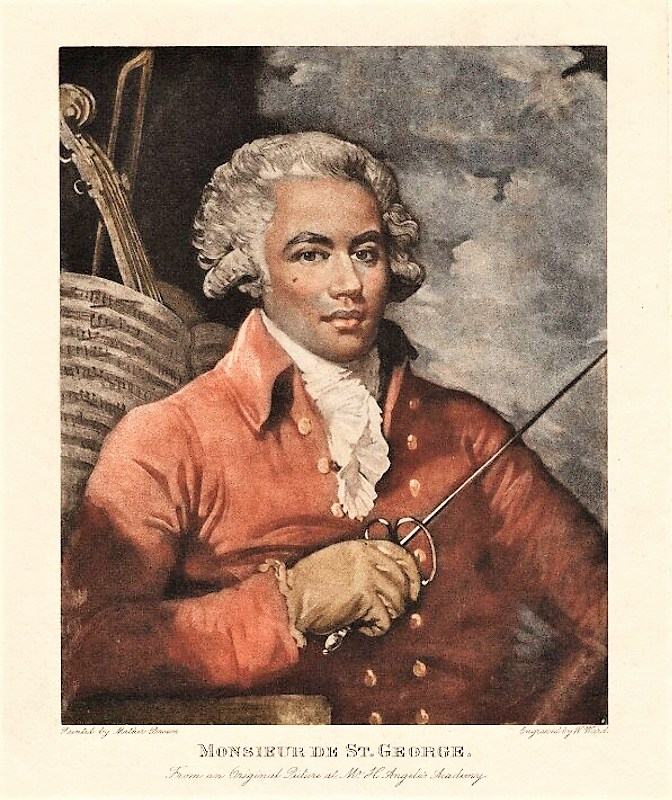
Joseph Bologne de Saint-George, aka the Chevalier de Saint-George, is the story of a kid born a slave in Guadeloupe who arrived in France and broke records, whether in fencing or violin. A raw talent who quickly made a name for himself in Paris, becoming a star in salons and concert halls. He directed the Concert des Amateurs, played for Marie-Antoinette, and composed hit pieces, despite the racist glass ceiling that prevented him from fully shining. And yet, this guy should have been a legend if not for the constraints of his time.
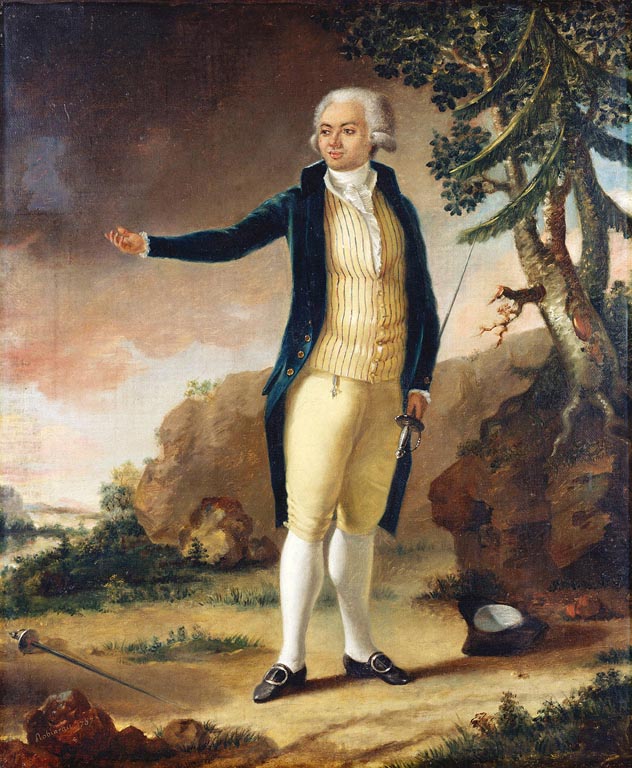
Saint-George was also a fighter
In the midst of the revolutionary whirlwind, he formed a military unit of Afro-descendants to defend the Republic. He hung out with the Prince of Wales, traveled across Europe, and remained a central figure, but always faced with the prejudices that ultimately took their toll. Yet, his story doesn’t fade away thanks to artists like Beyoncé who use their platform to address historical omissions. In an interview with GQ US, Beyoncé explains why she sampled Saint-George in “Daughter“:
“IT WAS SO IMPORTANT TO ME. IT’S A TRIBUTE TO THE VISION OF CHEVALIER DE SAINT-GEORGE. I HOPE THIS WILL INSPIRE ARTISTS, AS WELL AS FANS, TO LEARN MORE ABOUT THE BLACK PIONEERS OF MUSIC WHO CAME BEFORE US.”
The message is clear: it’s time to restore Black artists to their rightful place in musical history.
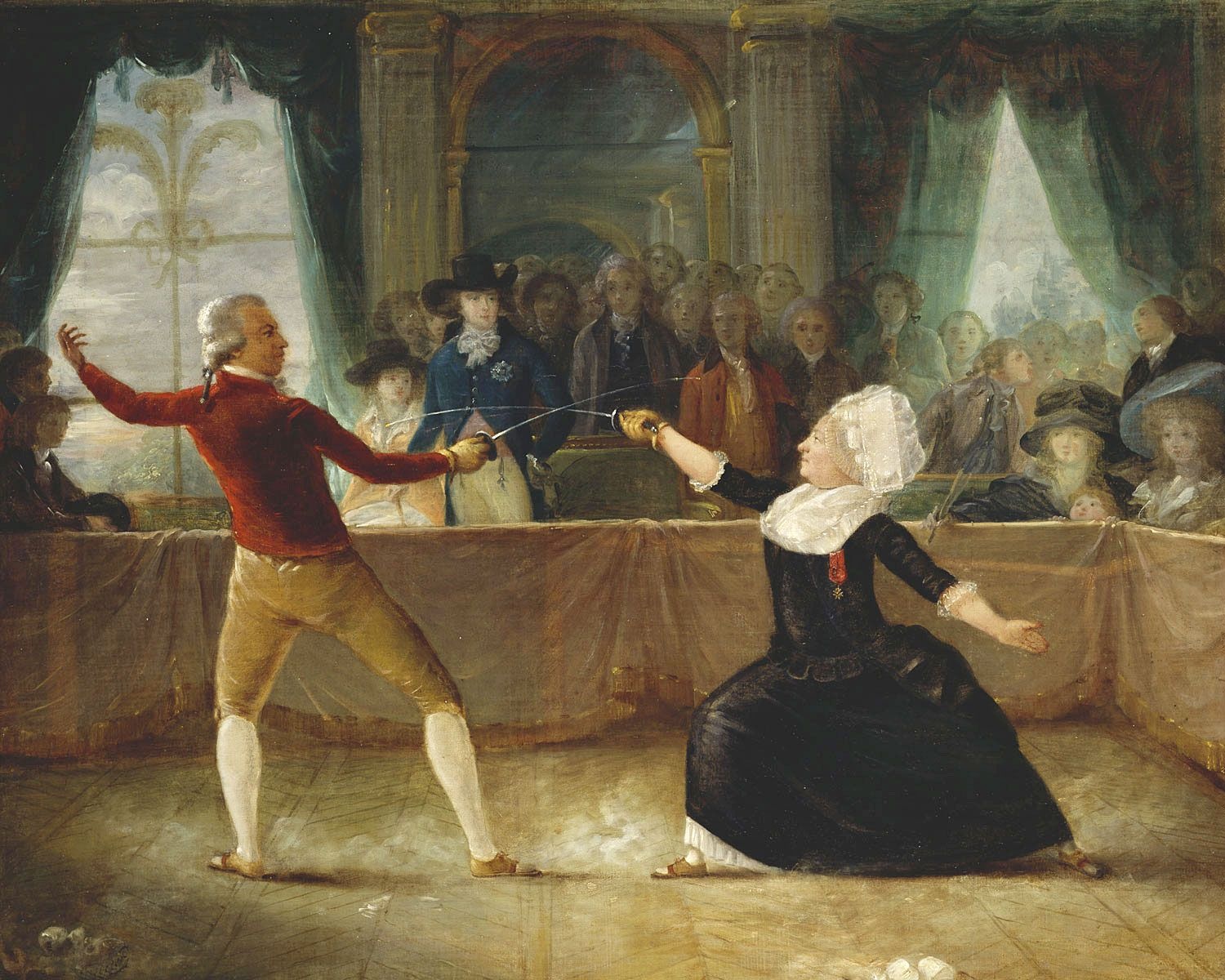
By bringing her work back to life in her album Cowboy Carter, Beyoncé does more than make music: she engages in a conversation, a rewriting of history. She reminds us that black pioneers like Saint-George laid the foundations for many of the sounds we love today, and that their contribution deserves to be recognized and celebrated. Because, in the end, that’s the power of music too: to reconnect the present with a past just waiting to be revealed.
A fusion of classical and modern sounds
Where Beyoncé truly stands out is in her ability to blend past and present. “Daughter” starts as a classic country track and evolves into a bold fusion of modern and classical sounds. At the end of the song, the strings that take over come directly from the Violin Concerto in D major, Opus 3, No. 1: Adagio by Chevalier de Saint-George. A subtle yet powerful nod to a forgotten genius.
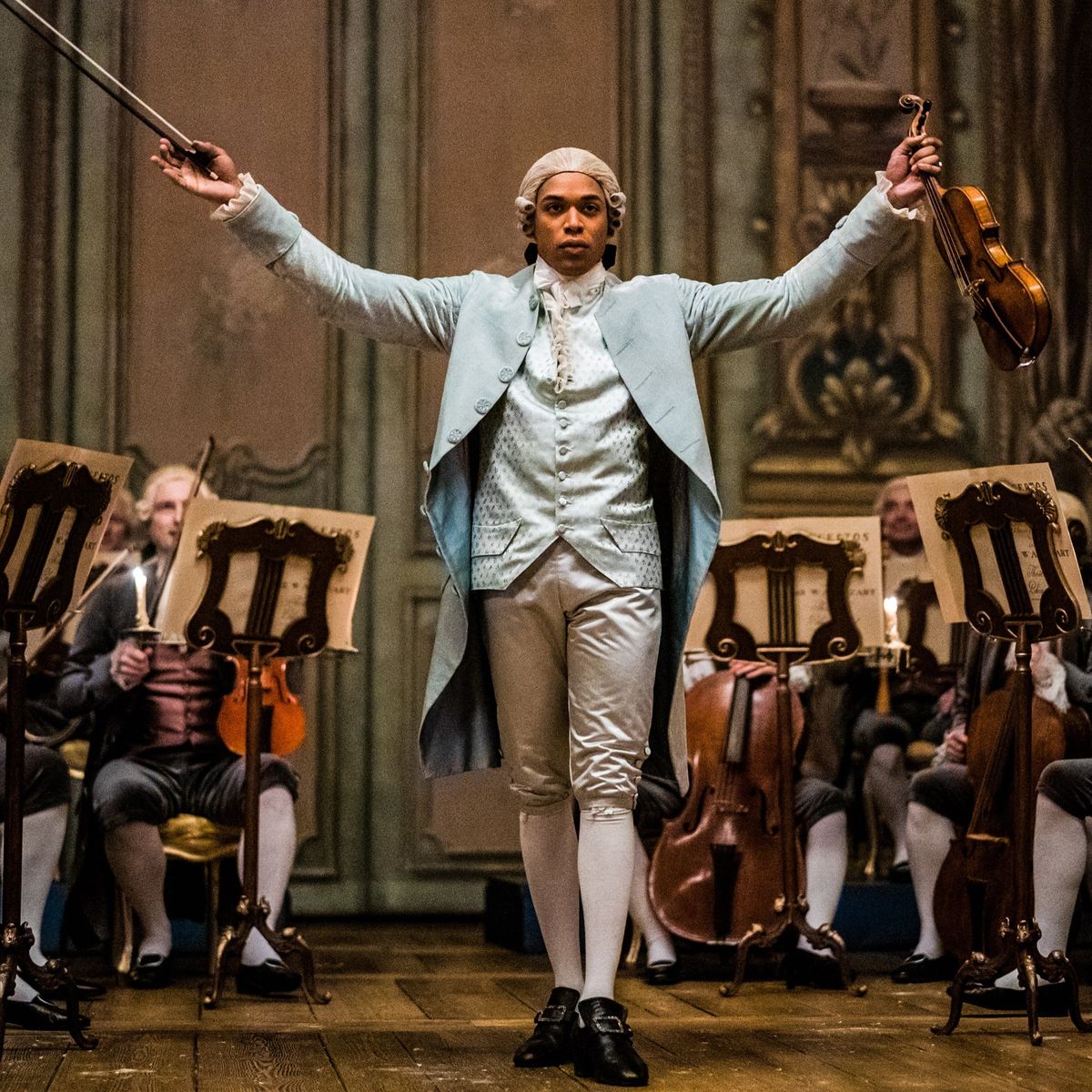
Sampling is an art. And in this specific case, it is also an act of cultural reappropriation. Beyoncé doesn’t just revisit a genre like country; she adds an educational dimension by encouraging us to dig deeper, to discover these historical figures erased by dominant narratives. The goal? To set the record straight.
A musical trilogy to celebrate afro-american roots
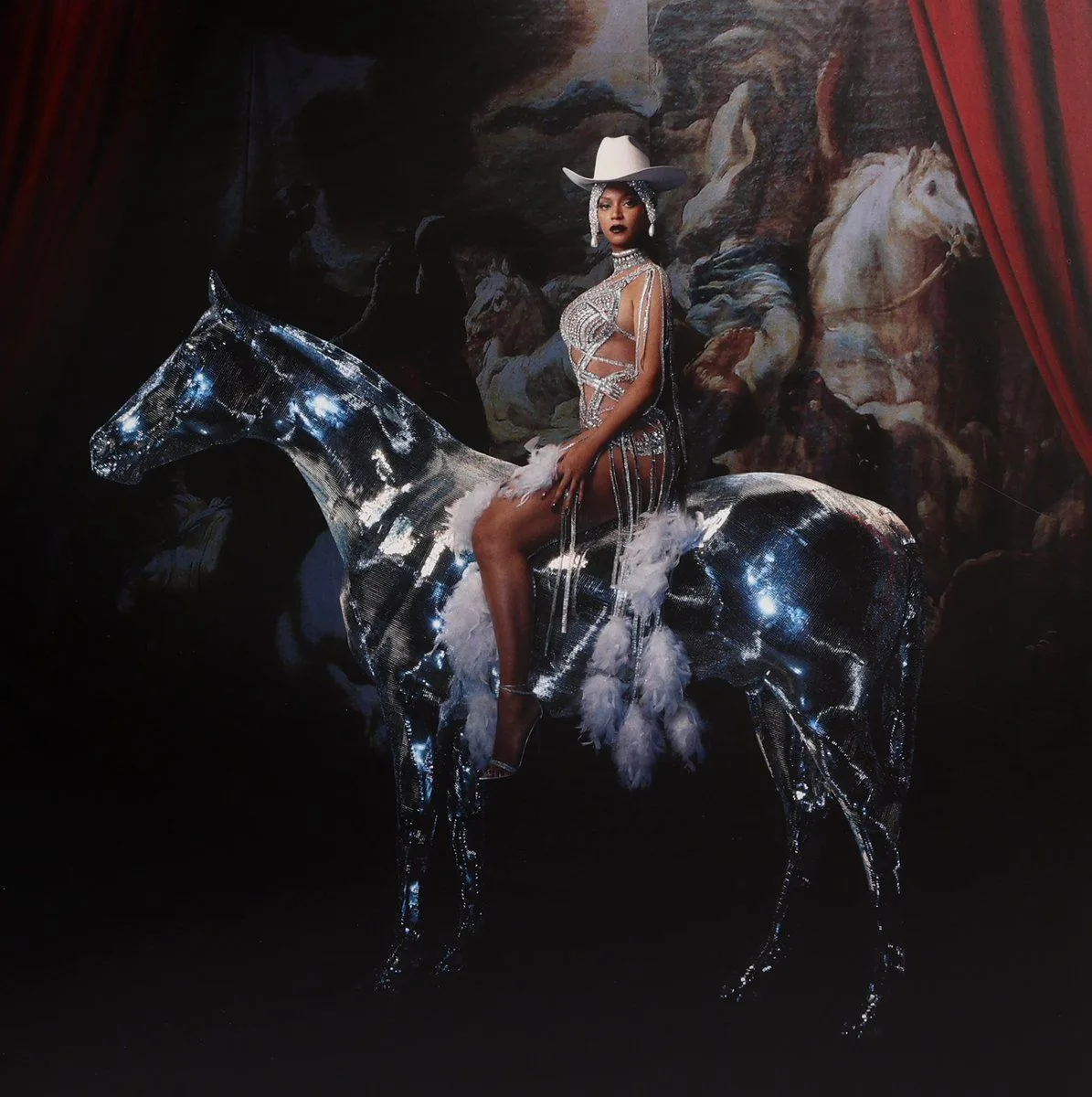
Cowboy Carter is only the second chapter of a trilogy that Beyoncé started with Renaissance. With this series of albums, she tackles several musical genres that, over time, have been disconnected from their Black roots. After house music and country, fans are eagerly awaiting the final installment of this trilogy. And judging by what she has already given us, it’s going to be another hit.
For Beyoncé, it’s not just about music. It’s a mission. A way of telling the world that history needs to be rewritten, that the contributions of Black people must be recognized and celebrated. She does it with style, creativity, and that power that makes her unstoppable. “Some of the most talented artists never get the praise of the general public, especially when they defy the norm,” she says. And through this trilogy, she aims to change that narrative.
An act of resistance and cultural rewriting

We know it, Beyoncé is much more than a singer. She is a storyteller, an activist, and a cultural icon. Cowboy Carter is further proof of her determination to reclaim history, break the codes, and celebrate diversity in all its forms. It is a reminder that Black culture has always been and will always be at the center of artistic creation.
So, what can we expect from Queen B next? If this trilogy has taught us anything, it’s to never underestimate her ability to surprise and educate. In the meantime, dive into Cowboy Carter and let yourself be carried away by this unique fusion of country and forgotten history. Because, as always, Beyoncé never does anything by chance.
